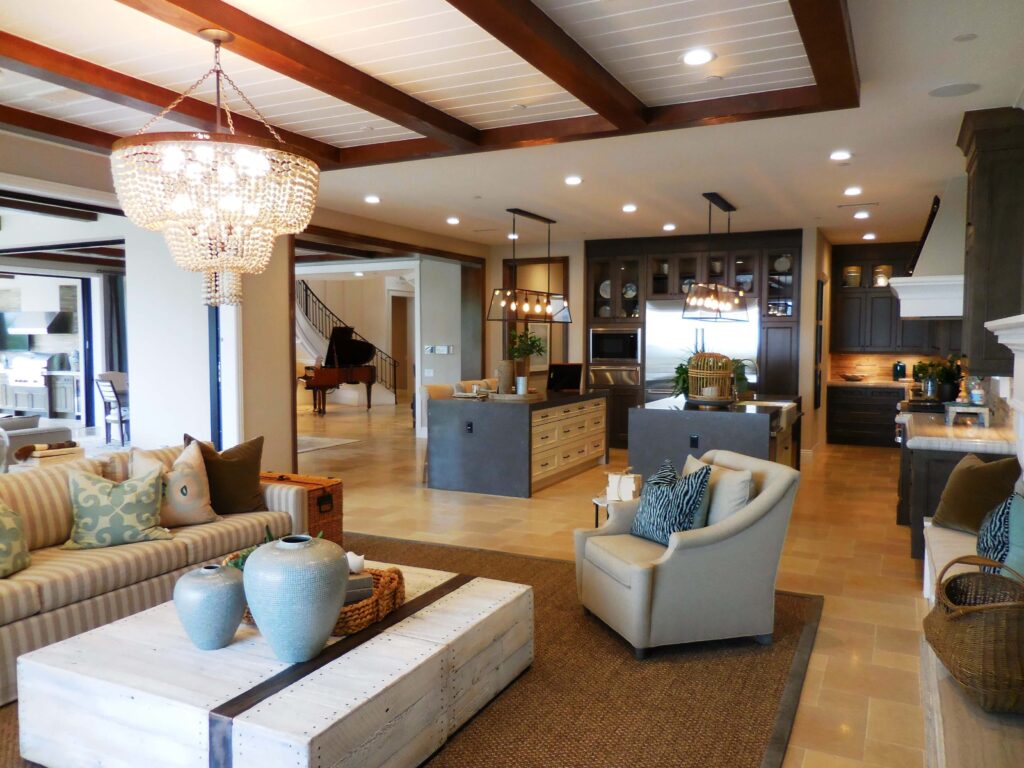While gypsum ceilings (also known as drywall or plasterboard ceilings) have several advantages, they also come with certain disadvantages. It’s important to consider both the pros and cons before deciding on the use of gypsum ceilings. Here are some of the disadvantages:
- Susceptibility to Water Damage:
- Gypsum ceilings can be damaged by water or excessive moisture. In the event of a leak or water infiltration, gypsum boards can swell, warp, or become structurally compromised. Water damage can lead to the growth of mold and mildew, posing health risks.
- Not Suitable for Wet Areas:
- Gypsum ceilings are not recommended for use in areas with high humidity or direct water exposure, such as bathrooms, kitchens, or outdoor spaces. In such environments, materials like cement board or specialized waterproof drywall may be more suitable.
- Not Resistant to Impact:
- Gypsum boards are relatively soft and can be easily damaged by impact. They are prone to dents, dings, and holes if subjected to force. In high-traffic areas or spaces where impact resistance is crucial, additional protective measures or alternative materials may be considered.
- Fire Resistance Limits:
- While gypsum is inherently fire-resistant, gypsum boards have limitations in terms of fire resistance. Standard gypsum boards are not suitable for use in areas where high levels of fire resistance are required. Specialized fire-resistant gypsum boards or other fire-rated materials may be needed for such applications.
- Installation and Labor Costs:
- Gypsum ceiling installation may require skilled labor for a professional finish. The installation process can be time-consuming and may involve jointing, taping, and finishing. Additionally, the cost of skilled labor can contribute to the overall expense.
- Vulnerable to Humidity During Installation:
- During installation, gypsum boards are vulnerable to humidity, and exposure to moisture can affect the integrity of the material. Proper handling and storage are crucial to prevent damage during the construction phase.
- Not Environmentally Friendly:
- The production of gypsum boards involves mining natural gypsum, which raises environmental concerns. Additionally, the manufacturing process requires energy, and the disposal of gypsum boards can contribute to landfill waste.
- Limited Load-Bearing Capacity:
- Gypsum boards are not designed for load-bearing purposes. If heavy items are to be suspended from the ceiling, additional structural support may be required.
Despite these disadvantages, gypsum ceilings remain a popular choice due to their affordability, ease of installation, and versatility. It’s essential to carefully assess the specific requirements of a space and consider alternative materials in situations where gypsum ceilings may not be the most suitable option.

